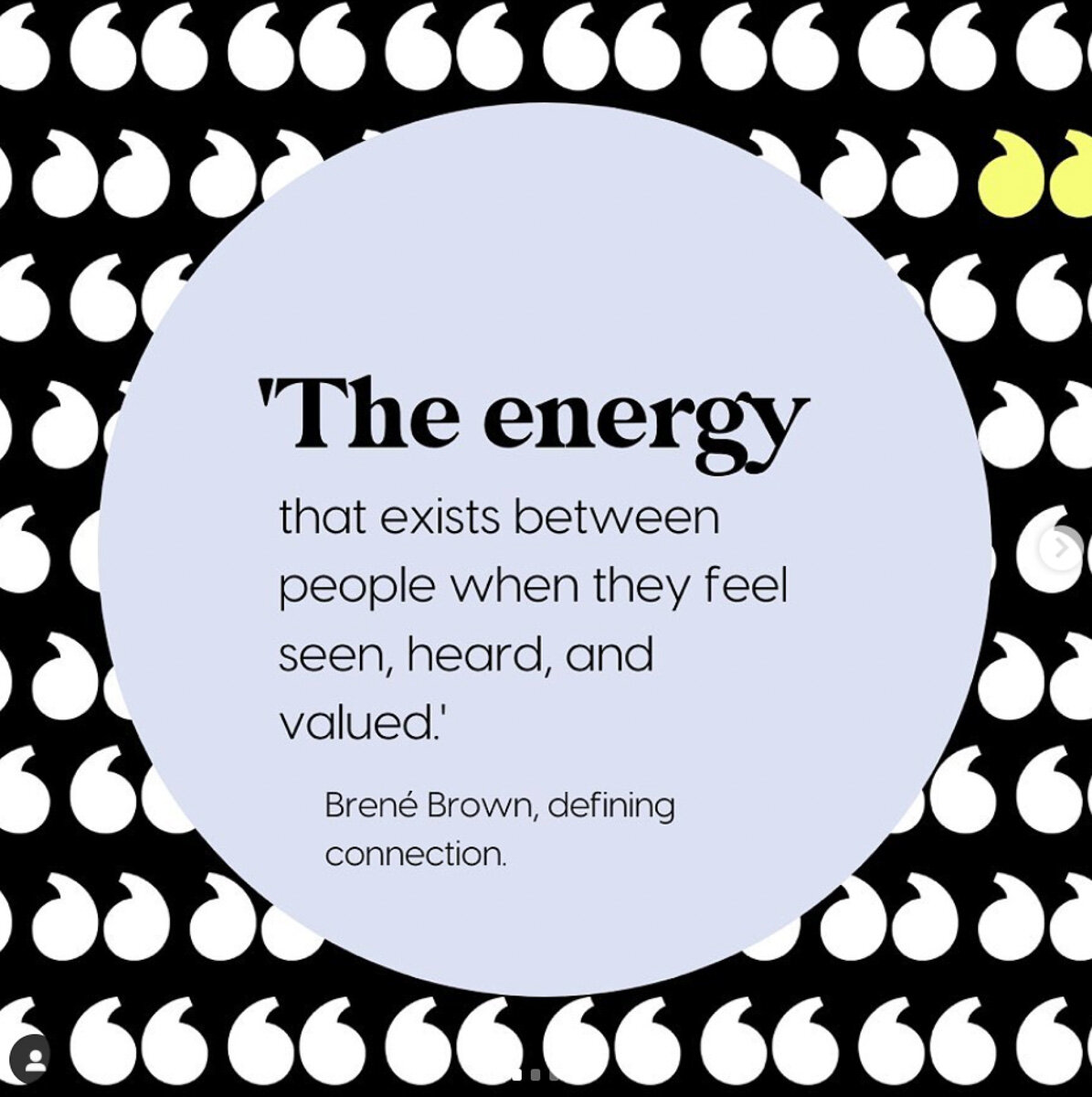Be a Boss Without Being Bossy: Starting The Shift Out Of 'Me' Leadership
It’s totally possible to be a fantastic boss without being bossy. Bucking trends or even industry norms (what up Gordon Ramsey + the explosive chef complex), identifying where bossier tendencies show up is the launch pad for a new—and proven to be more effective—approach to leadership.
Anyone who’s ever been employed can tell you—straight up—that NOBODY likes a boss who is bossy. You know the type: micromanages everybody, tromps on new ideas like they’re human-sized fly swatters and those innovative ideas are swat-worthy pests, and walks around with an invisible sign on their forehead that reads “My Way Or The Highway.”
That’s an extreme example, yes. ‘Me first’ (aka ‘Bossy’) leadership can also be a subtle expression; avoidant and dismissive and refusing to entertain conversations, progress or taking action because they simply don’t want to.
Being a boss, manager, leader, or < fill in your preferred title here > who people remember and would enthusiastically work for again, is, in general, an ongoing work in progress. It takes a truckload of self-awareness, a healthy dose of mental elbow grease, a very strong patience muscle, and a gut-deep dedication to meeting your employees or team members where they’re at—and de-centering yourself—in order to make them feel heard and valued.
A speedy disclaimer, and gentle reminder:
If reading those words made you cringe/bristle/blush/etc. at the idea your forehead’s been hosting some less-than-supportive words, or if you have a sense you’ve been being a boss who’s bossy, it’s all good (see note above about leadership being a lifetime pursuit, and an ongoing process). You are, in fact, human.
And, if you’re still unsure if your boss-ness is too bossy, maybe this will help:
Tell-Tale Signs Of a Typical Boss Who Errs on the Side of Bossy:
They look for the mistakes people make and point them out, rather than looking for opportunities to celebrate the excellent work employees do.
They view every interaction as a potential conflict, becoming rigid and inflexible.
Because they aren’t comfortable with their authority being questioned, they ignore or dismiss employee suggestions for improving procedures, morale, efficiency, communication, or just about anything else that doesn’t come from them. Or, even worse, they claim those ideas as their own.
They need to have all the answers and make all the decisions believing they won’t be respected if they don’t.
They issue orders + set deadlines, and refus to take into consideration any circumstances that lead to those deadlines being missed. Instead, they tell their employees they don’t want to hear their “excuses” and generally make them feel like failures.
They don’t give employees a chance to speak or be heard during meetings or in the usual day-to-day.
They are deeply uncomfortable with conflict and tend to dictate to employees during conflict resolution, rather than listen and ask questions in an attempt to work together to find a solution that suits or serves as many people as possible.
They lack the people-centric communication skills to inspire others and lead by example, rendering them a touch (or quite) uninspiring to the teams they manage.
They focus so much on control that they’re unable to effectively manage the unexpected fires that come up and need to be put out at work.
They have high employee turnover, whether from firing people who “don’t measure up” or from people quitting. They generally point their finger at others as the source of losses and less-than-favourable statistics, rather than flip that finger around and look at where they’re contributing to the problems.
If that resonated, you’re not alone. Whether the whole list felt like a string of check marks OR even a couple points hit you in the forehead with a ‘Whoa’, wherever you find yourself is the perfect space to learn and grow from. Though you may be on the bossy-spectrum right now, it doesn’t mean you can’t start to shift the way you operate in the workplace.
In other words, it’s never too late to grow as a leader, transitioning from a boss who is bossy into one who leverages their Emotional Intelligence to create safe, supportive and productive spaces and places for your teams and groups to thrive in. And in the process, building deeper connections with those around you…creating results as a unit that exceed any expectations you’ve set so far.
All it takes is the willingness to deep dive into your self-awareness to recognize, own, and acknowledge some of the traits that tend to make you bossy.
Once you see them, then it’s time to make a plan to improve your leadership and communication skills—one step, one action, and one conversation at a time.
So, once you’ve moved past the bossier form of being a boss…then, what?
In the next blog in this series—What Is Human-Centric Leadership—you’ll get a deep dive into what makes a skilled, human-centric leader and what, exactly, human-centric leadership looks like.
Buckle up - it’s going to be a perspective-shifter. And yes, that requires buckling.
Already keen to dive in + snag some support in shifting the focus of your leadership and elevating your team communication, hit me up for a conversation on 1:1 coaching, or experiences for you and your people.


